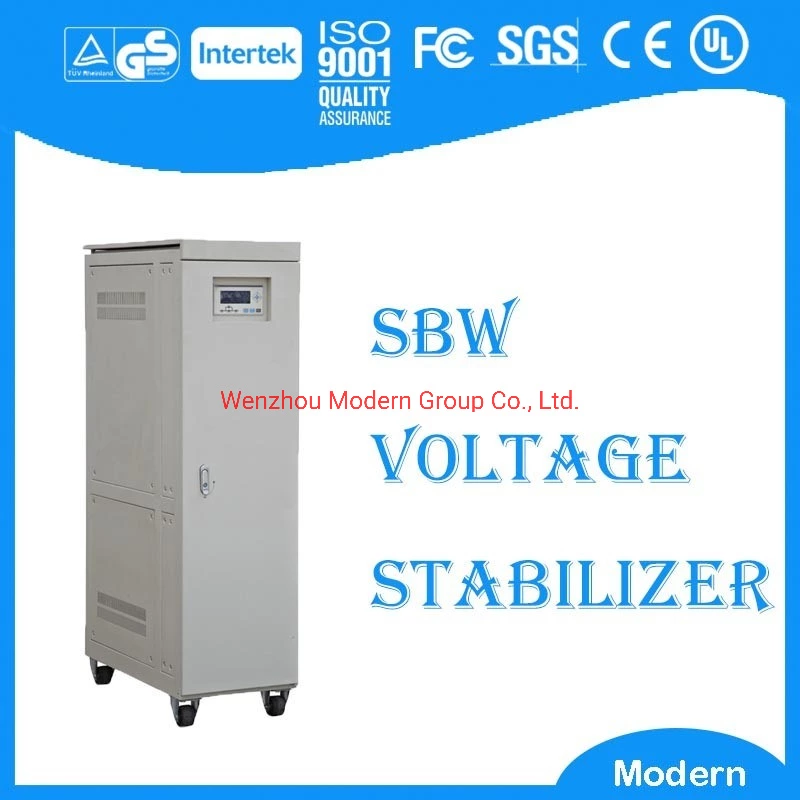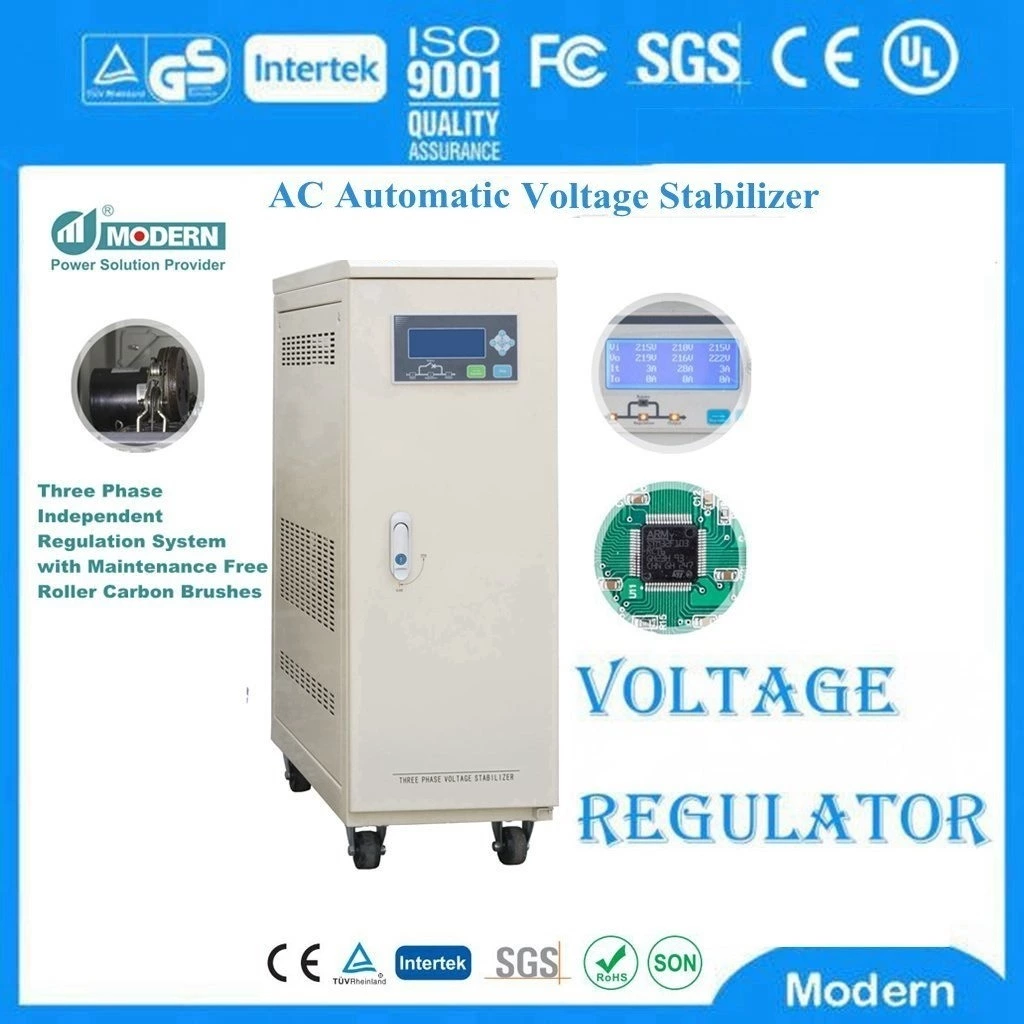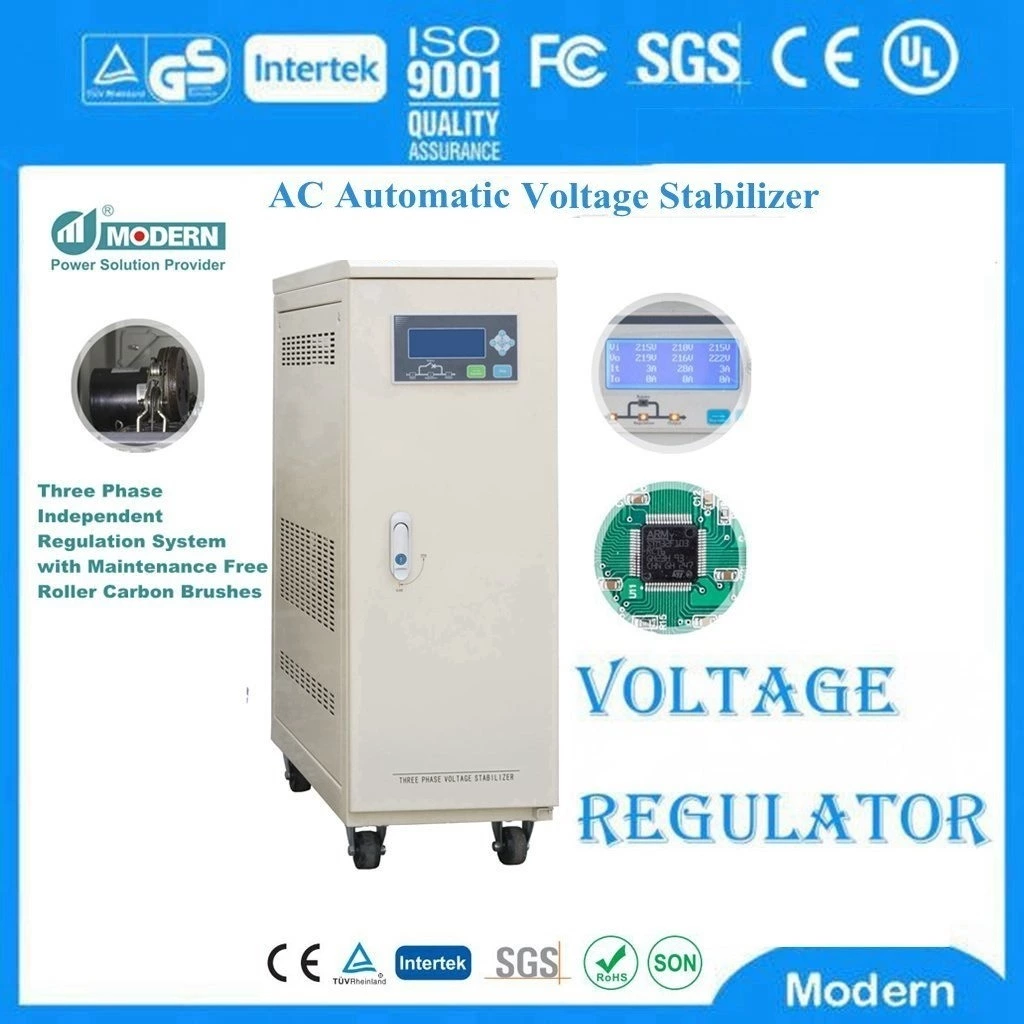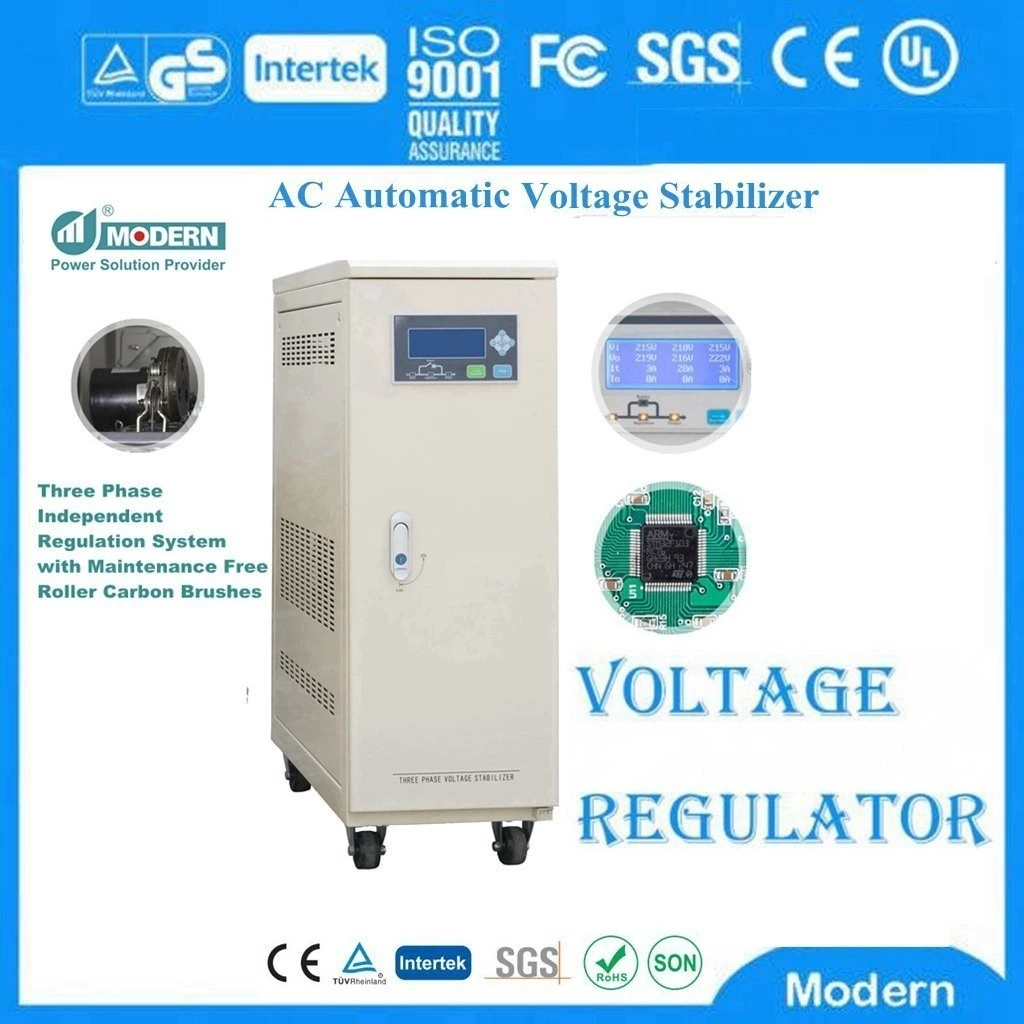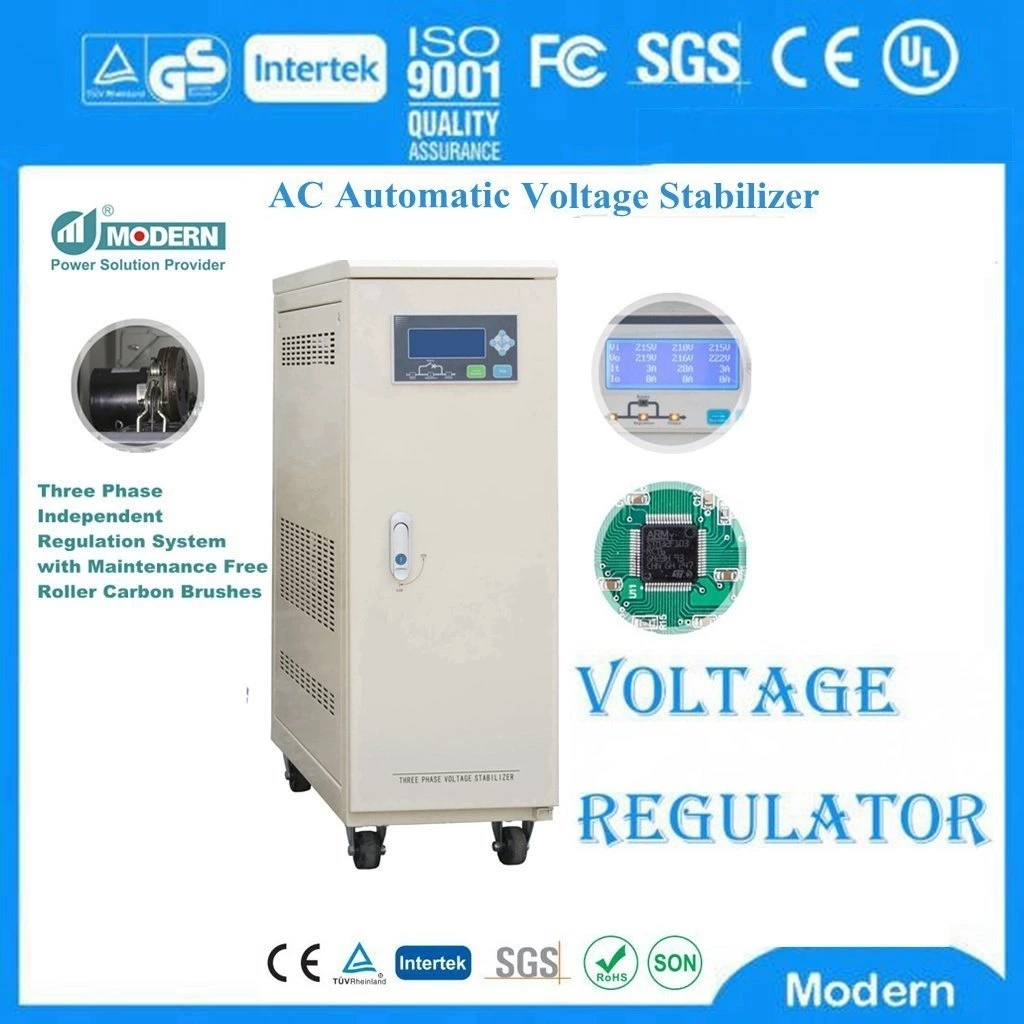Classification And Characteristics Of Dynamic Voltage Regulators
Dynamic Voltage Regulator (DVR) is an electronic device that is used for large voltage fluctuations and can provide stable voltage for the load.
1. Classification of dynamic voltage stabilizers. Voltage stabilizers can be divided into the following types according to their working principles:
1. Fully automatic compensation power voltage stabilizer (carbon brush type voltage stabilizer);
2. AC purification voltage stabilizer;
3. Contactless AC voltage stabilizer.
2. Basic structures of various power AC voltage stabilizers:
1. Fully automatic compensation type power voltage stabilizer (brush type voltage stabilizer);
Fully automatic compensation type power voltage stabilizer uses a motor to drive the brush to slide between the turns of the auto-coupling transformer winding to directly adjust the output voltage or adjust the output voltage through the compensation transformer.
2. Purification AC voltage stabilizer;
The AC purification voltage stabilizer uses a method combining sinusoidal wave energy distribution and filter to adjust the output voltage by adjusting the conduction angle of the primary circuit thyristor.
3. Contactless AC voltage stabilizer;
By switching one or more groups of thyristors when the voltage or current passes through zero, the compensation winding of one or more transformers in the compensation transformer group is boosted, reduced, primary short-circuited, or the tap of the auto-coupling transformer is switched to adjust the output voltage.
3. Advantages of AC voltage stabilizer:
1. Fully automatic compensation type power voltage stabilizer (brush type voltage stabilizer);
Strong load capacity, high working efficiency, small waveform distortion, strong anti-interference ability of power supply itself. Advantages of AC brush type voltage stabilizer
2. AC stabilizer;
High voltage stabilization accuracy ≤±1%, fast response time ≤40ms, with spike pulse filtering effect.
3. Contactless AC voltage stabilizer;
Strong load capacity, high working efficiency, small waveform distortion, fast response time, high accuracy, low noise, maintenance-free. Advantages of contactless AC voltage stabilizer
IV. Disadvantages of power AC voltage stabilizer:
1. Fully automatic compensation power voltage stabilizer (brush type voltage stabilizer);
Slow response time (≥1S), mechanical wear, regular maintenance required, AC contactor and motor generate large noise during voltage stabilization.
2. AC purification voltage stabilizer;
There is phase shift between output and input voltage, a little waveform distortion (additional ≤3.5%), and it is not ideal with certain special loads (such as thyristor load).
3. Contactless AC voltage stabilizer;
Contactless AC voltage stabilizer is more expensive than other types of voltage stabilizers.
V. Precautions for installation of power AC voltage stabilizer:
The voltage stabilizer should be used in a ventilated and dry place indoors. Its use conditions are strict. The installation site should be free of gas, steam, chemical deposition, dust, greasy dirt and other explosive and corrosive media that seriously affect the insulation performance of the voltage stabilizer, and there should be no severe vibration and bumps.
When the voltage stabilizer arrives at the installation site, it should be handled with care. The voltage stabilizer should always be in a vertical upward state and should not be subjected to wind, snow, ice, or hail.
Before debugging and installing the voltage stabilizer, it is necessary to check that all parts of the equipment are intact and the fixings are firm and reliable. Confirm again whether the voltage of the use occasion is consistent with the voltage of the voltage stabilizer. This equipment is a three-phase four-wire system with a phase-splitting adjustment method. The reliability requirements of the neutral (neutral) connection of the system are high, and the contact resistance of the neutral (neutral) connection should be reduced as much as possible. This equipment must be well connected to the ground, and the ground wire cannot be used together with the repeated ground wire of the power system (neutral wire and the side of the ground wire) to ensure safety and improve anti-interference performance.
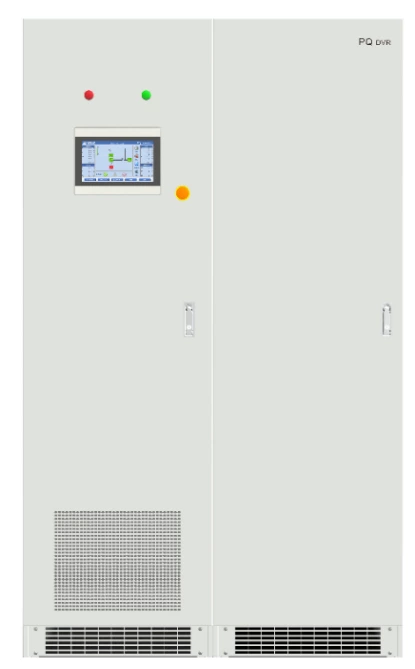
 Русский
Русский
 Français
Français
 Português
Português
 Español
Español
 اللغة العربية
اللغة العربية
